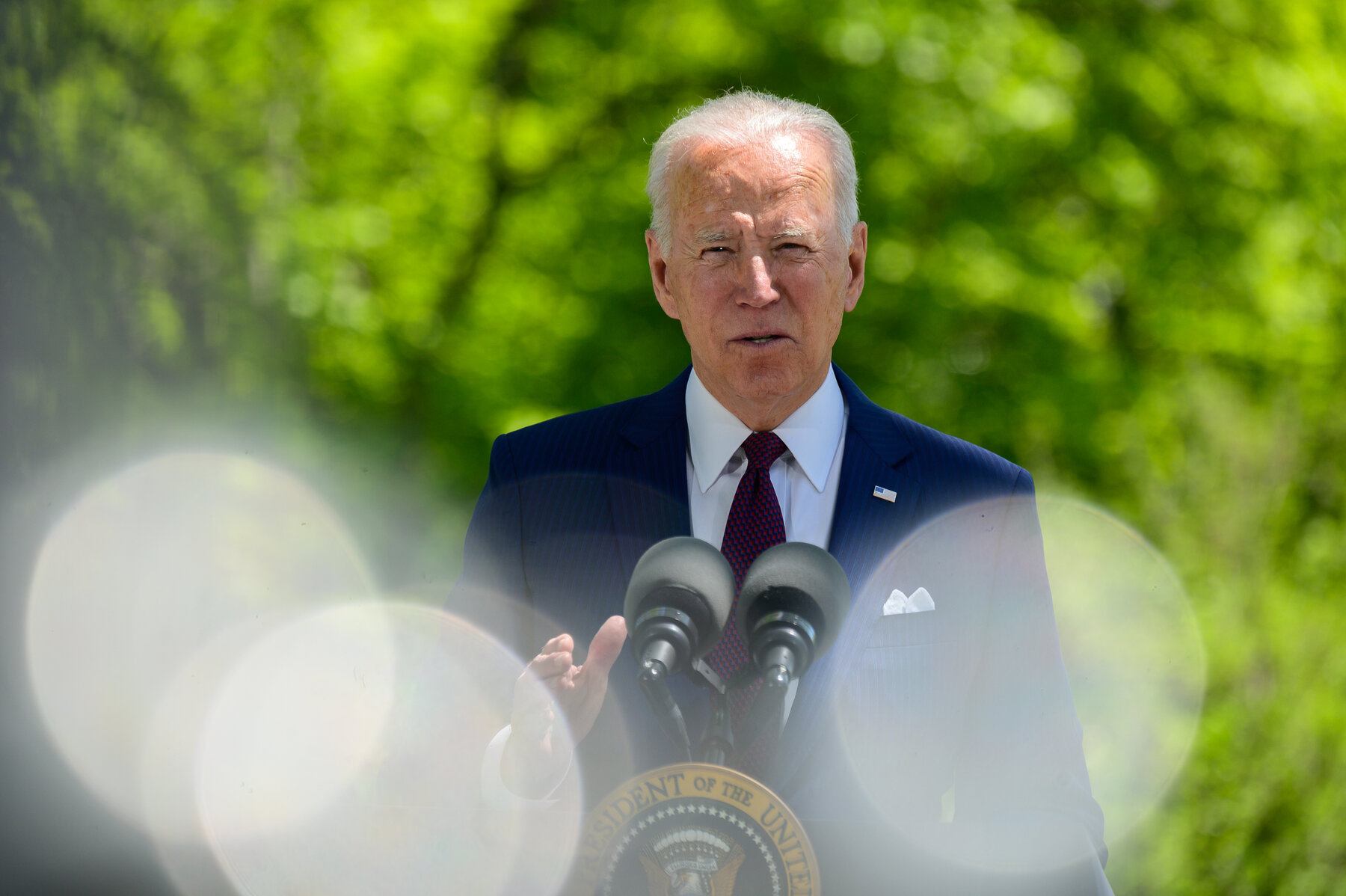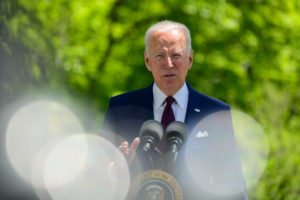
Biden’s plans to expand free education may be new for the US, but in other countries, they’re the norm
By Adam Taylor AND Miriam Berger of The Washington Post
When President Joe Biden set out some of the ambitious targets for education included in his $1.8 trillion American Families Plan as he spoke to Congress on Wednesday, he invoked concerns of foreign competition to justify them.
 Twelve years of free education, long the standard in the United States was no longer enough “to compete with the rest of the world in the 21st century,” Biden said.
Twelve years of free education, long the standard in the United States was no longer enough “to compete with the rest of the world in the 21st century,” Biden said.
The move prompted backlash from some Republicans, who compared the policies to those in the Soviet Union or said the speech was full of promises of “free stuff.”
But experts have long promoted the idea that the United States is an outlier among other wealthy nations, as well as geopolitical rivals when it comes to education.
Biden’s core proposals — such as universal access to preschool education, commonly referred to as universal pre-K, and expanded access to free college-age education — may seem new in the United States, but they have long been common across much of the world.
Universal pre-K
Free education for children before they enter kindergarten at 5 years old is already the norm in some parts of the United States, including Washington, D.C. To many Americans, however, it remains a foreign concept.
During Biden’s speech on Wednesday, Sen. Marsha Blackburn, R-Tenn., tweeted an article from 1974 that described heavily subsidized — though not free — preschool daycare in the Soviet Union. “You know who else liked universal day care[?]” Blackburn asked rhetorically.
The concept is not limited to U.S. rivals, however, and dates back much further. In France, the concept of “écoles maternelles” developed in the 1830s. Originally designed specifically for poor families, they have grown into a well-supported nationwide institution of free preschool care and education.
In another U.S. ally, Denmark, the concept of preschool education dates back to the early 19th century. Children as young as 6 months are now eligible for care in government-subsidized nurseries.
The widespread availability of free or heavily subsidized preschool care has an obvious impact. Virtually all 4-year-olds in France and Denmark were enrolled in some kind of formal education in 2018, according to data from the Organization for Economic Cooperation and Development (OECD).
The same is true for many other nations, including Ireland, Israel, Britain, and Belgium. But the United States lags behind: Fewer than 70 percent of U.S. children were enrolled in early education in 2018 — the fifth-lowest of 42 countries and significantly below the OECD average of 88 percent.
In a 2017 study, Hans Bos and Gabriele Fain of the American Institutes for Research looked at preschool education in 17 countries and found that the United States could widen its use if it considered several factors, including increasing funding and making the service available universally.
There are clearly complications, from practicalities to the thorny issue of government spending.
The United States spent roughly 0.4 percent of its gross domestic product on child care for 3- and 4-year-olds in 2017, according to the OECD, less than the average of 0.6 and far below the highest-ranking country, Iceland, which spent 1 percent.
But there are significant benefits, not only for the child’s education but also the parents who are able to return to the workforce.
And as Biden noted in his speech, many other nations are making this push. China has pushed for affordable preschool education in recent years, following a backlash to the growth of high-end private-sector preschools.
Free community college
Under Biden’s proposal, the U.S. government would spend around $302 billion over 10 years to expand higher education access.
The plan focuses specifically on covering two years of tuition for students attending community colleges, as well as for low- and middle-income students at historically Black colleges and universities and other institutions serving minority communities.
In addition, the Biden administration would increase the maximum amount offered by Pell grants, which help to cover other costs related to schooling and living expenses.
In many countries, this idea is nothing new.
Nordic countries such as Denmark, Sweden, and Norway already offer no or low tuition and other fees and provide support for covering students’ living costs.
In other European countries, including Germany, Spain, and Austria, higher education is similarly either free or very inexpensive for European Union citizens. International students from non-E.U. countries typically pay low tuition, as well.
U.S. universities, on the other end of the spectrum, rank as the most expensive worldwide.
Broadly speaking, the United States, Canada, Britain, and Australia have a similar approach of offsetting higher tuition fees with a well-developed financial aid system for student support, said Thomas Brock, director of the Community College Research Center at Columbia University’s Teachers College.
The U.S. community college system, however, is an “unusually American idea,” so comparing Biden’s proposal to the programs of other countries is “a little bit apples and oranges,” said Brock.
U.S. community colleges, which provide an associate’s degree, are comparatively less restrictive about who can attend and what they can study. Canada is the only other country with a similar model, Brock said.
In a twist, Biden’s proposal would make the U.S. community college model closer to the Nordic approach. But U.S. four-year colleges and universities, which offer bachelor’s and other higher-education degrees, would remain comparatively less effected. Overall, the proposal is less ambitious than Biden’s campaign promise to subsidize four-year college fees for many Americans and increasing the Pell grant cap even further.
Republicans have roundly rejected such models, in part over objections to raising taxes to pay for them.
Still, many education leaders praised Biden’s plan as a major start by U.S. standards.
“Many of our students have to work long hours to pay for college expenses, and some have to [drop] out because of finances,” Patricia McGuire, president of Trinity Washington University in D.C., where a majority of students are Black or Hispanic, told The Post. “A college degree is essential to move ahead in this region, and President Biden’s plan will ensure that low-income students have a real chance to move forward, which, in turn, will clearly promote racial and social equity.”
This was originally posted on Stars and Stripes.
